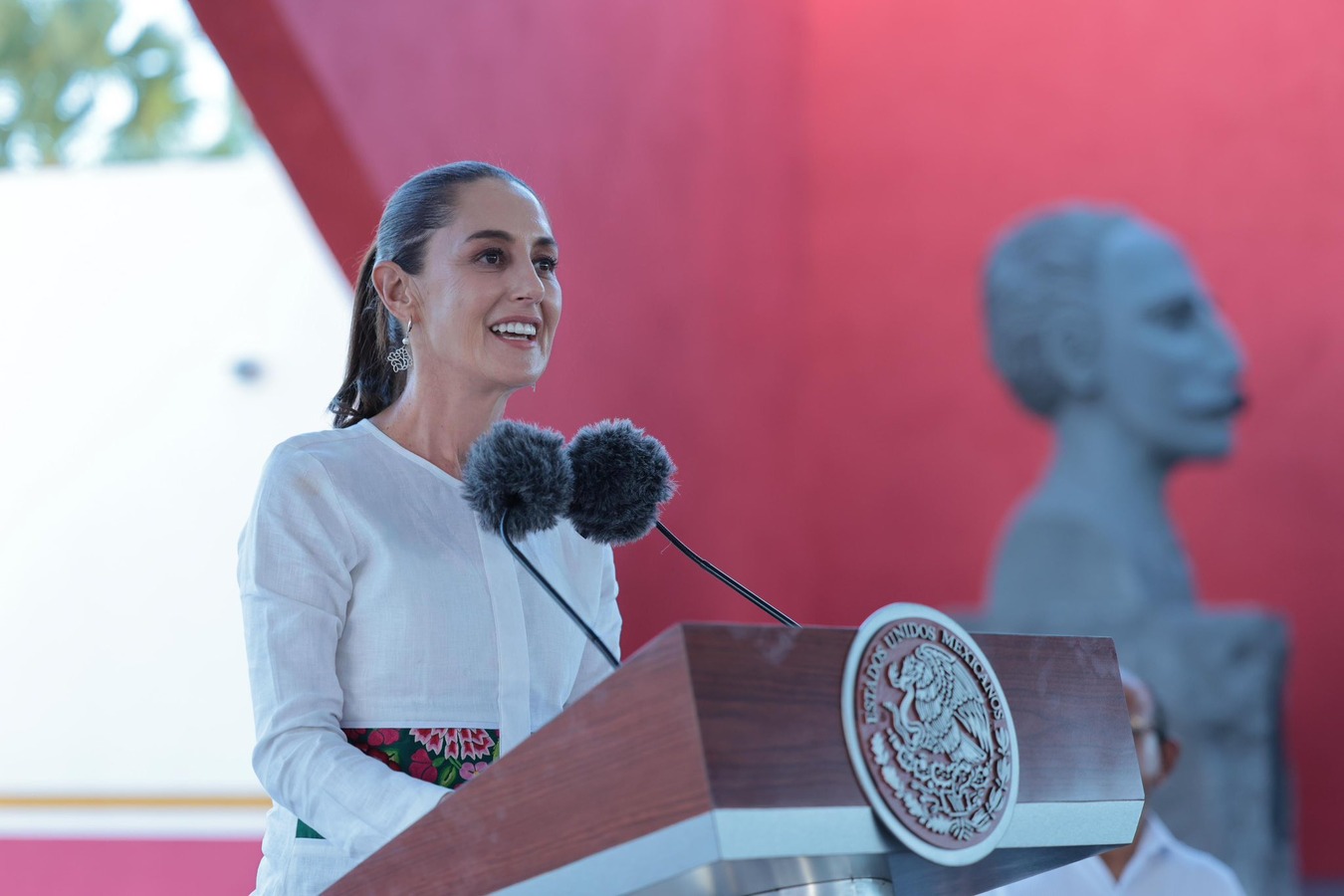What the First Woman President Could Mean for Mexico—and the World
What the First Woman President Could Mean for Mexico—and the World
This moment "gives Mexico an opening to champion women's rights and leadership, not just at home, but globally," writes AS/COA's Carin Zissis in WPR.
At her rallies and on the campaign trail ahead of Mexico’s presidential election in June, President-elect Claudia Sheinbaum made one phrase in particular her mantra: "It’s women’s time." She repeated it in a speech at Mexico City’s Metropolitan Theater last month to mark the official certification of her election victory, while also highlighting the fact that, after 200 years of independence and 65 presidentes, Mexico will finally have its first presidenta—with the "a" in Spanish denoting the feminine.
Now that preparations are underway for Sheinbaum’s October 1 inauguration, the historic moment gives Mexico an opening to champion women’s rights and leadership, not just at home, but globally—and at a crucial time. In what has been called the Year of the Election, with countries home to half the world’s population going to the polls in 2024, the number of women serving as heads of state is on the decline, from a peak of 38 out of 195 countries in 2023 to 25 as of last month. Around the world, women in politics are more likely to face violence and harassment than their male counterparts, giving them cause to think twice about running for office or reelection. As it is, though women count for roughly half the global population, they only hold one in four federal legislative seats.
Mexico, on the other hand, has gender parity rules for public office, resulting in women and men holding an equal number of legislative seats, as well as a rising number of women holding governorships, Cabinet positions and other leadership positions. Since 2002, when a law first mandated a 30 percent gender quota for congressional candidacies, Mexico has gradually raised the threshold, culminating in a "parity in everything" law in 2019 that sparked a rapid acceleration of women’s political representation in the country. The Inter-Parliamentary Union ranks Mexico fourth worldwide in terms of women in legislatures, and the Council on Foreign Relations ranks it second in its Women’s Power Index, just behind Iceland. With the outcome in the U.S. presidential election still uncertain, Mexico is for now the biggest country in the Americas with a woman head of state.
The Reality on the Ground
But for Mexico to truly be a model on the international stage will require changes at home. Though Mexican women are blazing a political leadership trail, they continue to face persistent economic challenges and violence. Mexico lags behind most of Latin America when it comes to levels of women in the labor force. And at more than 30 percent, it has one of the region’s widest gender gaps in terms of workforce participation. That labor force gap carries a cost for Mexican families overall, with the World Bank estimating that it causes up to a 25 percent loss of income per capita. Given the country’s uneven, limited childcare services, Mexican women of prime working age spend nearly a third of their time on unpaid domestic work, compared with 17.6 percent in Brazil and 18.2 percent in Argentina. The value of that unpaid work is equal to 24 percent of Mexico’s GDP—larger than the country’s manufacturing sector...









